In the winter period the chance that you see a butterfly is very small. Probably one will pop up once the warm winter sun shines and the temperature is pleasant. But those are exceptions. Butterflies need the heat of the sun to warm their body. But also to let their wings dry and to pump up, as it were, when they come out of their cocoon. Moths, on the other hand, can be seen throughout the year. This is partly because they warm themselves and their wings in a different way. They vibrate with their body and wings, so that the latter unfold and then they can fly away. They don’t need any (solar) heat, which means they can fly all year round. Even in winter? Yes, even in winter. Although you come across different species in winter than in summer. This is partly related to the pupation cycle, their adjustments to the cold (for instance a hairy body) and of course the presence of the host plants.
Sugaring
In spring and summer I lure moths with a lamp and a white sheet during the evening and night. Although today’s mild winters are not like those of the past, autumn and winter still are not the nicest times of the year to sit outside for hours awaiting moths. In order to be able to see autumn and winter species, I have to turn to other methods. In my blog about the winter moth I already explained that I scoured the trees armed with a big flashlight. This time I will explain another method. People who observe moths call this method of luring “sugaring” or “baiting”. You use a sweet syrupy liquid to attract moths.
Spreading syrup
I usually make a mixture of apple syrup, brown sugar, applesauce and wine. There are many more recipes available on the internet, including one with Belgian trappist beer . And of course I add an overripe banana one of those really brown juicy ones. Why? This banana releases an odor that contains 3-methyl-1-butylacetate (also known as isopentylacetate). The chemists among you will know that it is an ester and that this group of chemicals is known for its sweet scent. A fragrance that is irresistible to butterflies and moths. (By the way, a good tip to lure butterflies: cut an ripe banana in half lengthwise and place it on a plate outside. It will be full of butterflies in no time. Works for both moths and butterflies.) Another fun fact about that 3-methyl-1-butyl acetate: this substance is a so-called aggression pheromone that bees release when they’re threatened or stung. The molecules of this substance are picked up by the other bees in the area, who then attack.
Let it ferment
So you mix these ingredients well to create a thick sweet syrup. Make sure that it remains spreadable. Let this mixture stand for a while, allowing it to ferment. And then, if it is a dry evening, preferably windless to a gentle breeze and it is more than five degrees, it’s showtime! Half an hour before sunset I spread the mixture onto some 20×20 cm surfaces on a number of tree trunks (the area may be a bit bigger or smaller of course). And then, when it is really dark, I walk along the trees to check whether any moths have come to feast on this delicacy.
Another new piece of the world of moths
With sugaring, another piece of the beautiful world of moths has opened up for me. It is a nice way to study moths even in fall and winter. You see other species than in spring and summer, such as the chestnut (Conistra vaccinii), the black-spot chestnut (Conistra rubiginosa) and the satellite (Eupsilia transversa). These are mostly brown moth but there are also more colourful ones such as the beautiful green-brindled crescent (Allophyes oxyacanthae) with the subtle green accents at its wings. Take a look at the photos below.
So the coming period I will continue sugaring, until it gets nice and warm again in spring. Such a nice balmy evening. Then it’s time again to hang up the white sheet, turn on the light, glass of wine within reach and enjoy. And just to be sure, some syrup on the trees, you’ll never know what will show up.
Sources
- Waring P. and Townsend M. – Moths, the new field guide for the Netherlands and Belgium
- www.vlinderstichting.nl
- www.wikipedia.nl
This item was originally published in Dutch on December 31st 2017



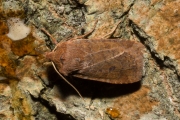
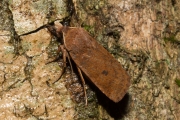
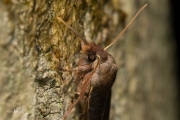
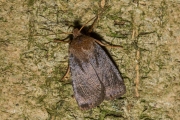
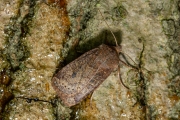
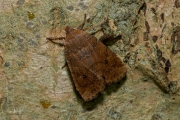
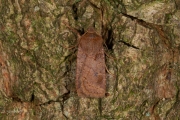
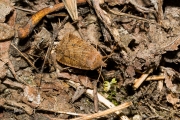
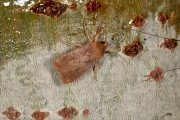
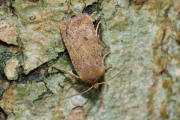
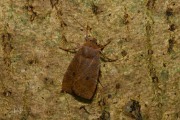
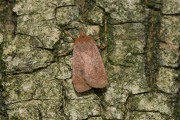
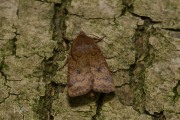
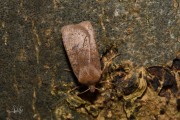
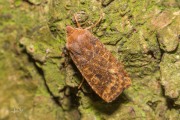
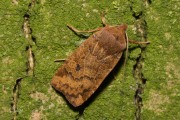
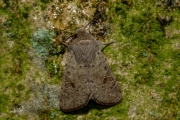
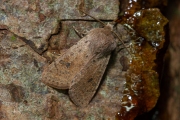
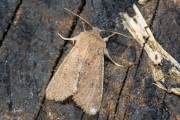
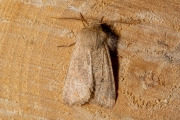
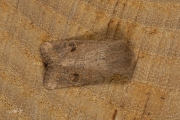
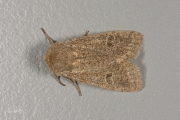
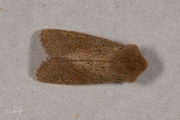
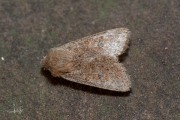
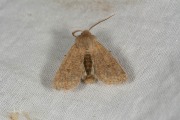
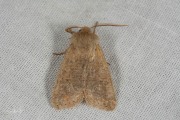
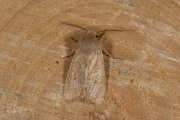
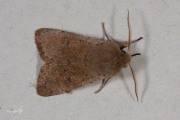
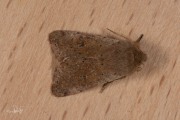
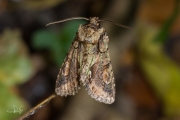
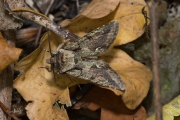
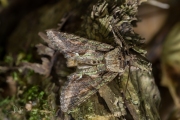
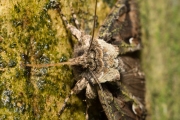
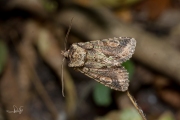
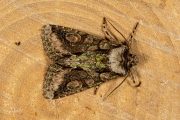
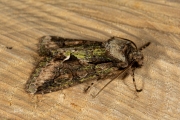
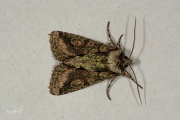
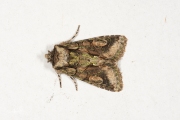
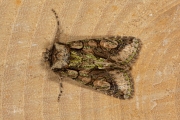
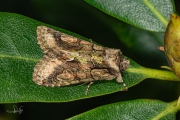
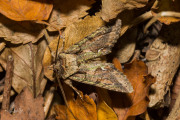

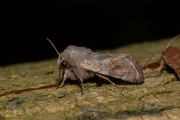
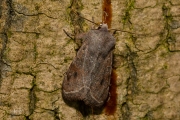
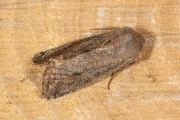
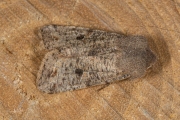
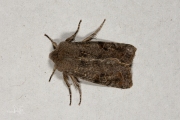
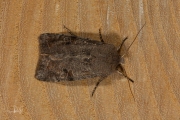
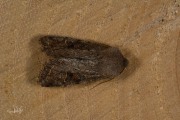
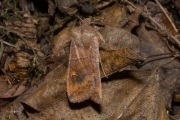
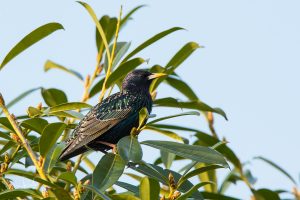
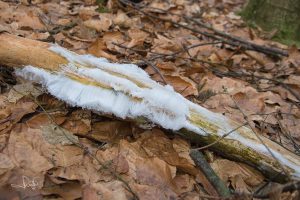
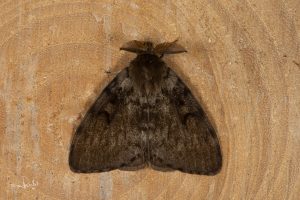
Nice Artical with some interesting ideas for catching/observing winter moths by sugaring.
Thanks Glyn! Good luck with observing the moths.